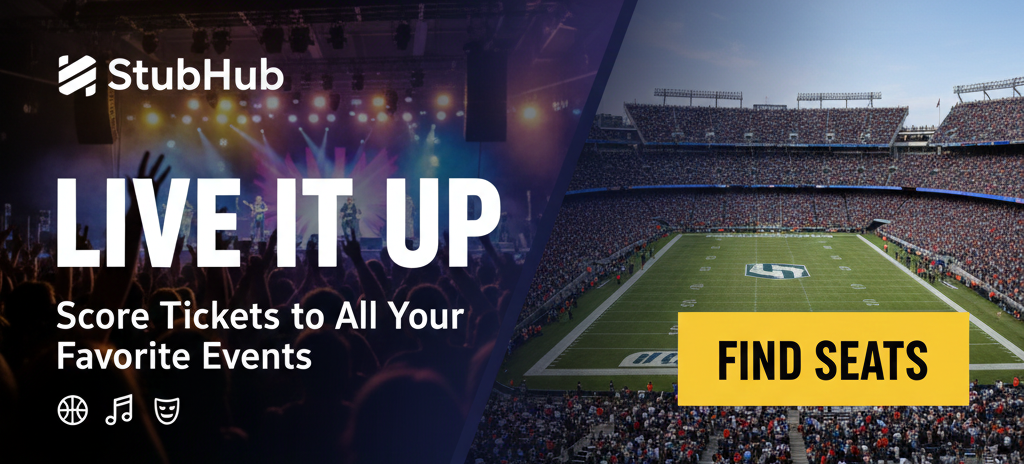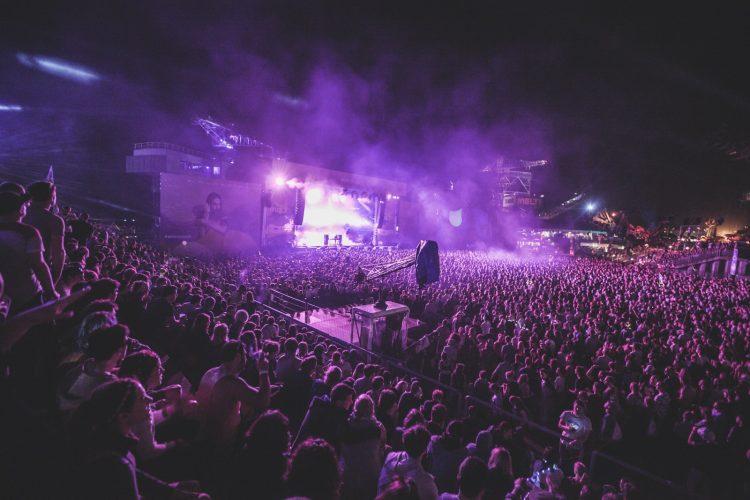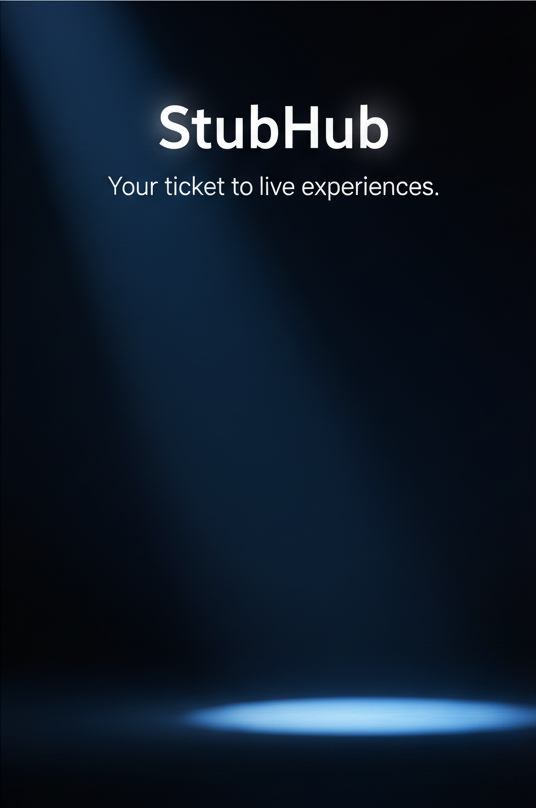Music festivals have become a global phenomenon, attracting millions of attendees each year who come together to celebrate their love of music, culture, and community. The tradition of large-scale musical gatherings is far from new, and the evolution of music festivals reflects both cultural shifts and technological advances. From the iconic Woodstock festival in 1969 to the massive, multi-day events of today, music festivals have undergone profound transformations in terms of size, genre, audience, and experience. This essay will explore the evolution of music festivals, from the free-spirited days of Woodstock to the highly commercialized and diverse festivals of the modern age.
The Birth of Music Festivals: Woodstock and the Counterculture Movement
The concept of large-scale music gatherings traces its roots back to the mid-20th century, but it was the Woodstock Festival in 1969 that truly set the stage for the modern-day music festival. Woodstock, held in Bethel, New York, drew an estimated 400,000 people for a three-day celebration of peace, love, and music. The event was organized by four young promoters — John Roberts, Joel Rosenman, Michael Lang, and Artie Kornfeld — who envisioned a festival that would bring together the growing youth counterculture. Woodstock was not just about the music; it was about the ideals of the era. It became a symbol of the counterculture movement and a place for people who opposed the Vietnam War and mainstream societal norms.
The artists who performed at Woodstock, including Jimi Hendrix, Janis Joplin, and The Who, were not only musical icons but also cultural revolutionaries. Woodstock was not a highly commercialized event but a communal gathering of like-minded individuals seeking a sense of belonging. The festival was a groundbreaking event that set the stage for future festivals, influencing not only the structure of large musical gatherings but also how people experienced live music.
Despite its financial troubles and logistical issues — including rain, traffic jams, and muddy conditions — Woodstock cemented its place in history as the ultimate music festival. Its ethos of freedom, inclusivity, and self-expression became a model for generations of festivals to follow.
The Rise of Major Festivals: Glastonbury and Beyond
Following the success of Woodstock, the idea of large-scale music festivals continued to grow throughout the 1970s and 1980s. In the UK, Glastonbury Festival emerged as one of the world’s most iconic music festivals. Established in 1970 by Michael Eavis on his dairy farm in Pilton, England, Glastonbury started as a small, free festival, modeled after Woodstock. Over the years, Glastonbury grew exponentially, attracting some of the biggest names in music, including David Bowie, Paul McCartney, and Beyoncé.
Glastonbury’s evolution mirrored the changing landscape of music festivals: what began as a countercultural event with an anti-establishment vibe gradually morphed into a more commercialized, mainstream spectacle. By the 1990s, Glastonbury, like many other major festivals, had transformed into a highly organized, ticketed event. The festival began to attract not only music lovers but also mainstream sponsors, vendors, and tourists from around the world. While the festival maintained its commitment to inclusivity and activism, its scale had grown to match that of massive commercial events.
Around the same time, other major music festivals, such as Reading and Leeds Festivals in the UK, Bonnaroo in the US, and Rock in Rio in Brazil, began to make a mark on the global festival scene. These festivals drew large crowds and featured a diverse lineup of musical acts, often spanning multiple genres. The growth of these festivals coincided with a broader cultural trend towards commercialization and commodification in the music industry, and the festival experience became increasingly professionalized.
The Digital Revolution and the Modern Festival Era
The digital revolution and the rise of social media in the 21st century have had a profound impact on the way music festivals are organized and experienced. The early 2000s saw the proliferation of large-scale festivals such as Coachella in California, Tomorrowland in Belgium, and Ultra Music Festival in Miami, each of which helped to define the modern festival experience. These festivals, though still rooted in the spirit of music and culture, were heavily influenced by the digital age, offering live streaming, social media integration, and immersive experiences for festivalgoers both on-site and online.
Coachella, which began in 1999 as a one-day event, grew to become one of the largest and most influential music festivals in the world. The festival, known for its diverse lineup and high-profile celebrity attendees, became a cultural phenomenon in the 2010s, particularly among younger audiences. Coachella not only transformed the festival landscape but also played a significant role in shaping the aesthetic and marketing of modern music festivals. The festival became synonymous with fashion, luxury, and Instagrammable moments, offering festivalgoers opportunities to capture and share every aspect of their experience.
The rise of social media has made festivals more accessible than ever before. Instagram, Facebook, and TikTok allow festivalgoers to share their experiences with a global audience, amplifying the festival’s cultural significance. In fact, many festivals now consider their social media presence as integral to their success as the live music itself. The so-called “influencer” culture has become a major part of the festival experience, with influencers and celebrities posting curated content that enhances the festival’s brand identity.
Moreover, digital technology has allowed festivals to reach wider audiences through live streaming. Major events like Coachella, Tomorrowland, and Glastonbury now offer live broadcasts of performances, allowing fans who cannot attend in person to experience the magic of the festival in real time. This digital shift has expanded the festival’s reach beyond physical boundaries and has given rise to virtual festivals, where attendees can participate in online events, enjoy performances, and interact with other fans from the comfort of their homes.
Genre Diversification and Niche Festivals
One of the most significant changes in the festival scene has been the diversification of musical genres. While early festivals like Woodstock and Glastonbury were largely rock-centric, contemporary music festivals cater to a wide array of musical tastes. From electronic dance music (EDM) to hip-hop, pop, indie, country, and jazz, festivals now cover a wide range of genres and sub-genres.
The EDM boom of the 2010s played a significant role in reshaping the festival landscape. Festivals like Tomorrowland, Electric Daisy Carnival (EDC), and Ultra Music Festival became staples of the global dance music scene, drawing hundreds of thousands of fans for high-energy performances, elaborate stage designs, and intense light shows. These festivals marked a new era of mass participation, where the experience was as much about the spectacle and visual art as it was about the music itself.
Simultaneously, niche festivals dedicated to specific genres or communities have flourished. Festivals like Lollapalooza, which started as an alternative rock tour in the early 1990s, now feature diverse lineups that appeal to a broad spectrum of music lovers. Similarly, country music festivals like Stagecoach and country music-themed events have become increasingly popular, attracting audiences who may not be interested in the larger, more mainstream festivals.
Environmental Consciousness and Sustainability
As music festivals have grown in size, they have also become more aware of their environmental impact. The logistics of hosting large crowds, including waste management, transportation, and energy consumption, have raised concerns about the sustainability of these events. In recent years, many festivals have made efforts to reduce their carbon footprints, promote sustainability, and implement environmentally friendly practices.
Festivals like Glastonbury and Coachella have introduced eco-friendly initiatives, such as reducing plastic waste, using solar-powered stages, and encouraging carpooling or public transportation. Some festivals have even partnered with organizations like Green Music Initiative to promote environmental sustainability and raise awareness about climate change. This focus on sustainability reflects broader cultural trends and the growing desire for festivals to not only entertain but also make a positive impact on the world.
The Future of Music Festivals
The future of music festivals is exciting and uncertain. As technology continues to evolve, we may see further innovations in virtual and augmented reality experiences, allowing attendees to experience live music in ways that were previously unimaginable. Hybrid festivals, combining both in-person and virtual components, are likely to become more common, as festivals seek to accommodate an increasingly global audience.
Additionally, as society becomes more conscious of social justice and inclusivity, music festivals may place a stronger emphasis on diversity, representation, and accessibility. Festivals that champion underrepresented voices, promote gender equality, and create safe spaces for marginalized communities are likely to become more prominent in the coming years.
The evolution of music festivals from the days of Woodstock to the present has been marked by changes in music, culture, and technology. What began as a small gathering of countercultural rebels has transformed into a global industry that continues to evolve with the times. As music festivals continue to innovate and adapt, one thing remains certain: the magic of live music and the power of shared experience will always be at the heart of it all.





